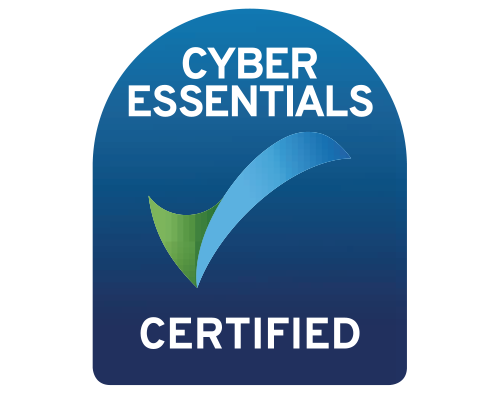Keeping business data and systems secure from cyberthreats and attacks is critical. Cyberattacks continue to grow in complexity, making it even more important to ensure your cybersecurity is up to date and working efficiently. So, what is the best approach to take when securing your network?
In this article, we’ll look at the differences between proactive and reactive monitoring. We will also discuss why monitoring software is such an important tool in helping organisations keep networks secure and stay a step ahead of potential threats.
A good monitoring software not only protects business-critical data, but it also provides visibility and control over network information, allowing you to respond to alerts and threats more proactively. We will also discuss the risks of a reactive monitoring approach and how it can leave organisations vulnerable to attacks.
What is monitoring software?
Before we get into the various approaches’ businesses use to protect themselves from cyberthreats, we thought it would be best to provide a brief overview of monitoring software.
Monitoring software is a surveillance and security process that can be used as a standalone software or as part of anti-virus software, firewall software, or hardware. We believe that monitoring software is an important tool for maintaining a secure network and safeguarding sensitive data. All incoming and outgoing network traffic, user interactions, and app activities are observed and recorded by monitoring software.
Monitoring software typically alerts a system administrator when it detects any violations or breaches that may impact a system's normal behaviour. It allows your team to monitor processes on their own devices and generates reports for an administrator. These reports are critical for taking a proactive approach to an organisation's network security.
What does proactive monitoring look like?
One of the primary advantages of monitoring software is that it takes a proactive approach to identifying and addressing potential security breaches before they cause significant damage. Because monitoring software detects and isolates threats in real time, IT administrators can respond quickly and effectively, minimising downtime and damage.
Continuously scanning networks and systems can help prevent data breaches by providing information about file access and network intrusions. This data enables administration teams to detect and prevent security breaches. Furthermore, it can lessen the impact of any security incidents that do occur.
In addition to detecting potential threats, proactive monitoring allows organisations to collect data and store historical information. This aids in decision-making and resource distribution within a company, ensuring a reliable and secure system now and in the future.
What does reactive monitoring look like?
Taking a reactive approach to security measures and responding only after a threat has occurred is ineffective and puts an organisation at greater risk of future cyberattacks. When security measures are implemented after a threat has been detected, networks are left vulnerable to data breaches and potential damage.
Resolving the impact of cyberattacks is a time-consuming and resource-intensive process. An attack not only harms your finances, but also your reputation. A 'wait and see' approach to security makes it increasingly difficult to future-proof your network and be confident that it is secure from potential threats.
Reactive monitoring can involve analysing data after an attack has occurred or patching a system after a breach has been discovered. These steps should be taken following a breach, but if they are the only ones taken, a business is leaving itself open to costly and damaging attacks.
Why monitoring software is important?
Data is a valuable asset to any business, which is why monitoring software is such an important tool in the digital age. Since cyberthreats are becoming more sophisticated, taking a proactive approach to cybersecurity is the best way to combat potential threats.
By continuously monitoring, tracking, and analysing network activity, organisations can identify and be alerted to suspicious behaviour and issues. Monitoring software improves network reliability and allows a company to maintain control. It can help to identify and resolve network issues such as slow webpage downloads, lost emails, unusual user activity, crashed servers, and unreliable network connections. Being more informed allows organisations to make changes where gaps exist, to have up-to-date security that works and is appropriate for them, and to have a clear understanding of their network's capacity.
Brigantia offers a variety of cybersecurity solutions for businesses. If you have any questions about monitoring software or other services, please contact our team, who will be happy to assist you and go through all of your options.







